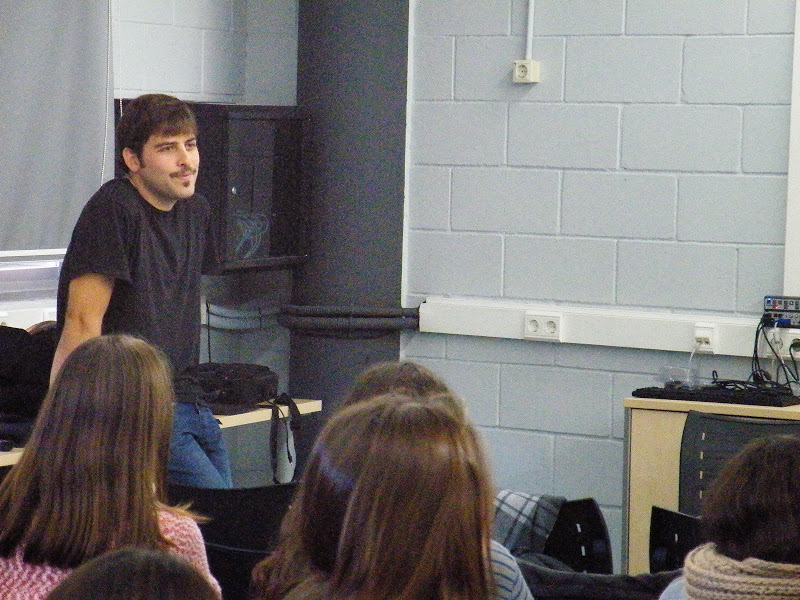The issue of the under-representation of women in permanent academic positions continues to be the subject of many public and informal discussions. This week, the sexist comments by a Nobel Laureate in a public conference have made it to the newspapers and spurred the debate. To make matters worse, it appears that female academics are not immune to gender bias and are still more likely to hire a John than a Jessica with identical CV, according to a recent study. This is depressing and it clearly shows that there is still a long way to go.
I have to admit that I would probably not be writing about this were not for a seemingly irrelevant event that happened to me recently. We published a study on the evolution of gene duplicates that was signed by six female scientists from two collaborating groups. I felt kind of proud to see the long list of women authors but at the same time I knew something was wrong. It was too unusual.
I have been a researcher in molecular biology for more than 20 years, mostly working in Barcelona and London. When I started there were clearly less female Principal Investigators (PIs) than male PIs and this is exactly how it continues to be. In contrast, the number of PhD students was, and is, much more balanced. We all know this, we only need to look at our surroundings. What it means is that women leave the scientific career at intermediate stages more often than their male counterparts.
The reasons why women are under-represented in top research or academic positions are probably very similar to the reasons why they are under-represented in positions of power or prestige from other fields. There is a historical trend that is proving very hard to erode. Besides, and this is a problem that affects us all, the current evaluation system is strongly based on the number of publications, as discussed here. This “more is better” system is detrimental to quality, causing a decrease in the percentage of influential papers and penalizing more strongly the individuals who wish or need to take career breaks, including maternity leaves. Quotas in conferences, committes, etc. can help making women more visible but in my view the changes needed are more profound.
Filed under science, society
Tagged as gender bias




